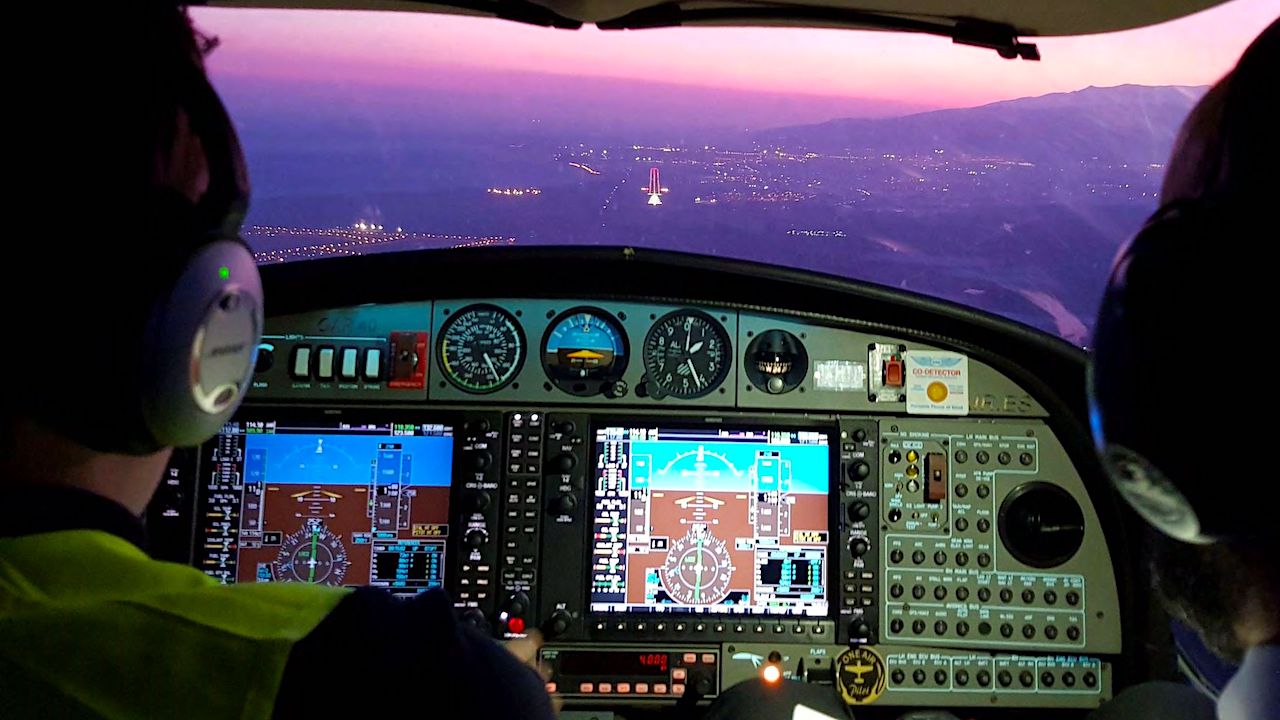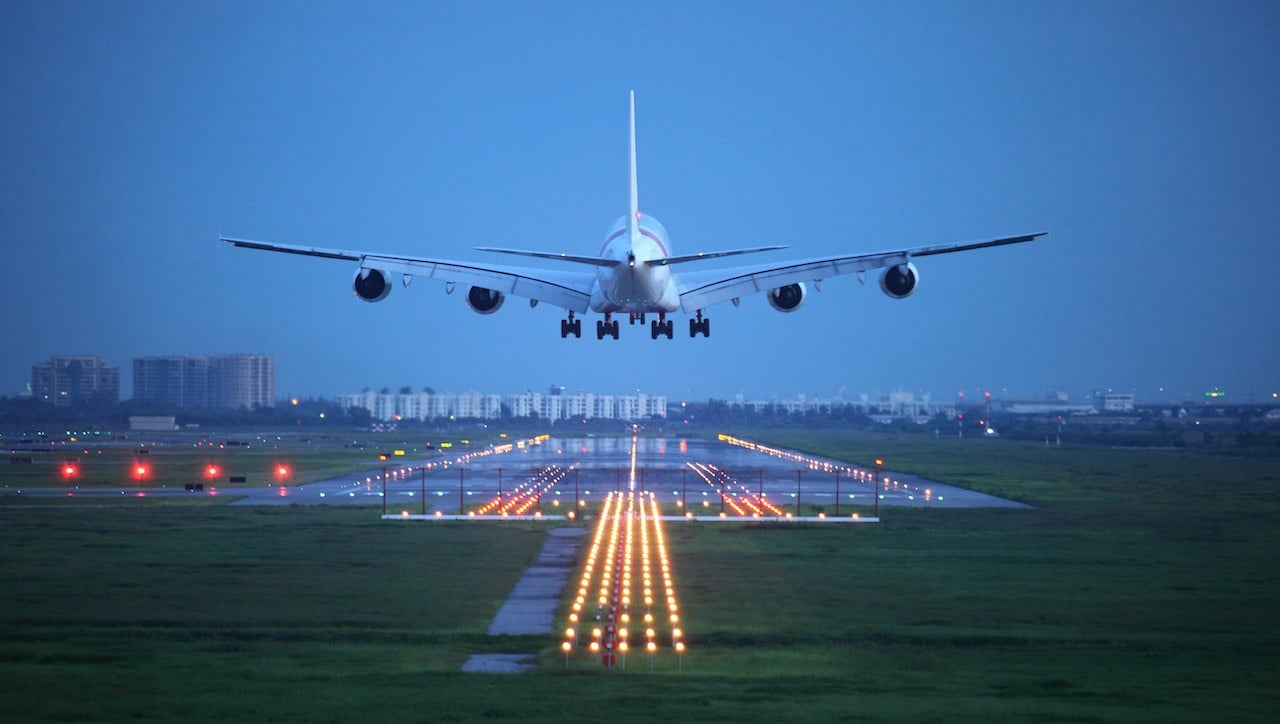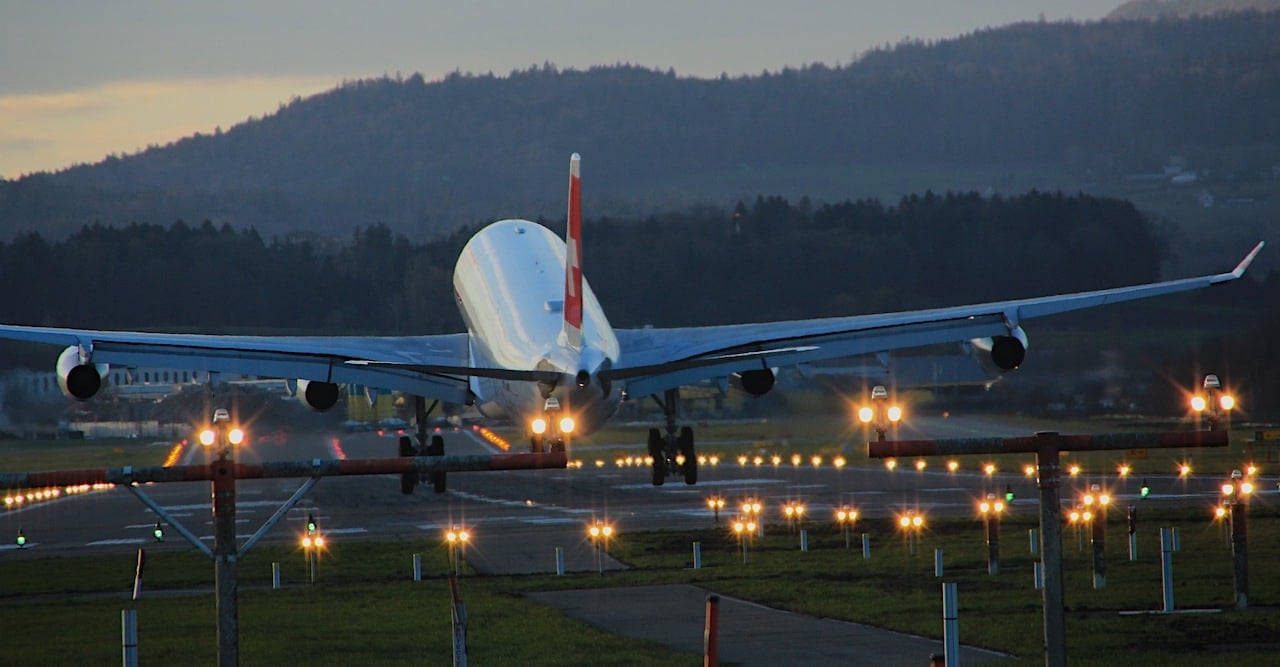Whereas during the PPL (A) course, a pilot learns to fly and navigate during the day, in order to gain a commercial pilot’s license CPL (A), they will have to train to fly at night and undergo NVFR’s flying or Night Visual Flights.
In this post we explain everything about NVFR/Night Visual Flight. If you have lost track and don’t know the period of training we are talking about, please go to our ‘How to become an airplane pilot’ post, where we describe all the different stages on the way to acquiring your wings.
And now, here is a video from Samuel Perez, one of our student pilots who explains the basics of NVF. Don’t miss it!





